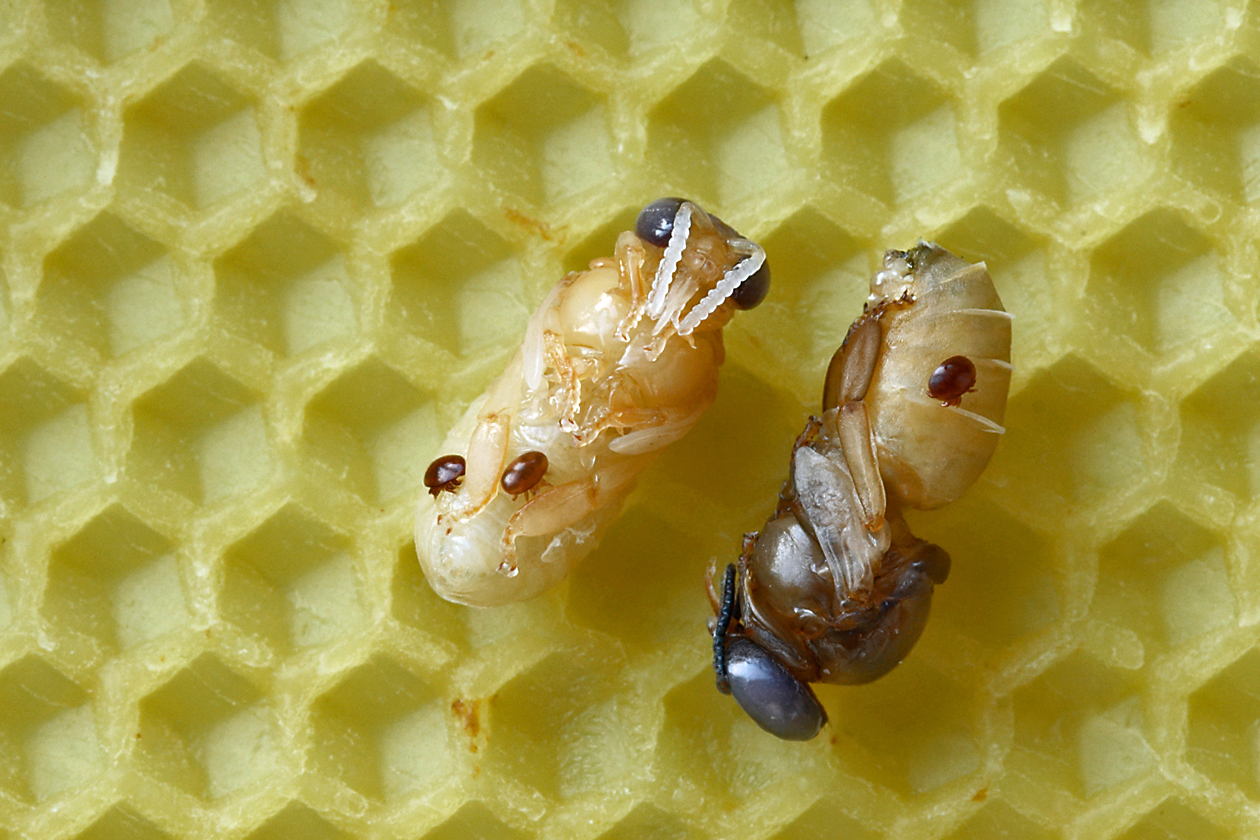
August Buzz: Much Ado About Honey
In Colorado, August and September are important months for beekeepers as they transition from summer to fall. Hopefully everyone has a lot of honey to harvest, too. Here’s a list of tasks that beekeepers in Colorado should consider for these months:
August:
- Attend the High Land Beekeeping Club August meeting to learn from other beekeepers!
- Harvest Honey: August is often a prime time for honey harvesting in Colorado. Beekeepers should assess the honey stores in their hives and consider harvesting excess honey while leaving enough for the bees to sustain themselves through the upcoming winter.
- Varroa Mite Monitoring and Treatment: Varroa mites are a common threat to bee colonies. Regularly monitor mite levels in your hives and treat if necessary. Integrated Pest Management (IPM) techniques are often preferred.
- Queen Health Check: Evaluate the health and performance of the queen bee. If she’s not laying well or showing signs of disease, consider requeening the hive.
- Provide Water Sources: As summer heat continues, make sure your bees have a reliable water source to stay hydrated.
- Monitor Hive Weight: Assess the hive’s weight to estimate honey stores. Ensure the colony has enough honey to sustain itself over the winter; consider feeding them if reserves are low.
- Reduce Hive Entrance: As wasp and hornet activity increases in late summer, reduce the hive entrance size to make it easier for the bees to defend against intruders.
- Prepare for Fall: Begin preparations for the upcoming fall season by conducting hive maintenance, repairing any damaged equipment, and ensuring hives are well-ventilated.
September:
- Feeding Bees: If the colony’s honey stores are insufficient for the winter, consider supplemental feeding. Sugar syrup or fondant can be provided as a food source.
- Continue Varroa Monitoring: Mite levels can remain high even in September. Keep monitoring and treating as needed.
- Pest Management: Check for and manage other pests and diseases. Keep an eye out for beetles, wax moths, and signs of fungal infections.
- Reduce Hive Entrance: Maintain a reduced hive entrance to help the bees defend against pests and predators.
- Wrapping Hives: In the latter half of September, start preparing for winter by insulating and wrapping hives. This helps the bees conserve heat during the colder months.
- Provide Windbreaks: Set up windbreaks around your hives to shield them from harsh winds that can stress the colony.
- Queen Evaluation: If you’ve identified any issues with the queen during August, take action now to requeen the hive before it’s too late.
- Store Equipment: Clean and store any equipment that won’t be needed until the following spring. This prevents damage and deterioration during the winter months.
- Educate Yourself: Take advantage of the slower beekeeping season to learn new techniques, research findings, and beekeeping trends. Join us at the September meeting to talk to other beekeepers and learn from our guest speakers.
Remember that local conditions can vary, so it’s always a good idea to connect with local beekeeping associations or experienced beekeepers for advice specific to your region in Colorado. Regular hive inspections and ongoing monitoring are essential throughout August and September to ensure your bee colonies are healthy and well-prepared for winter.
